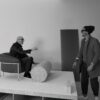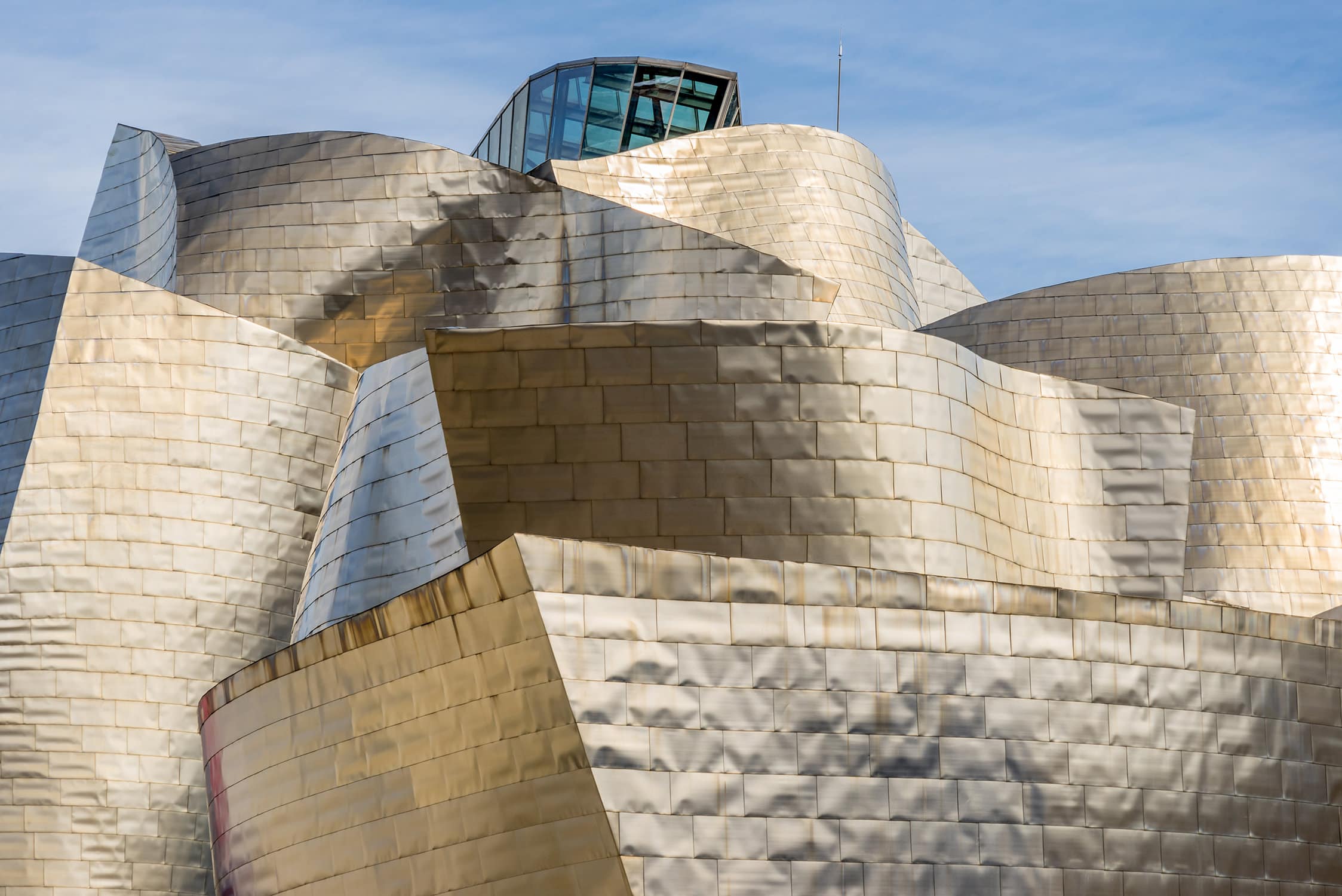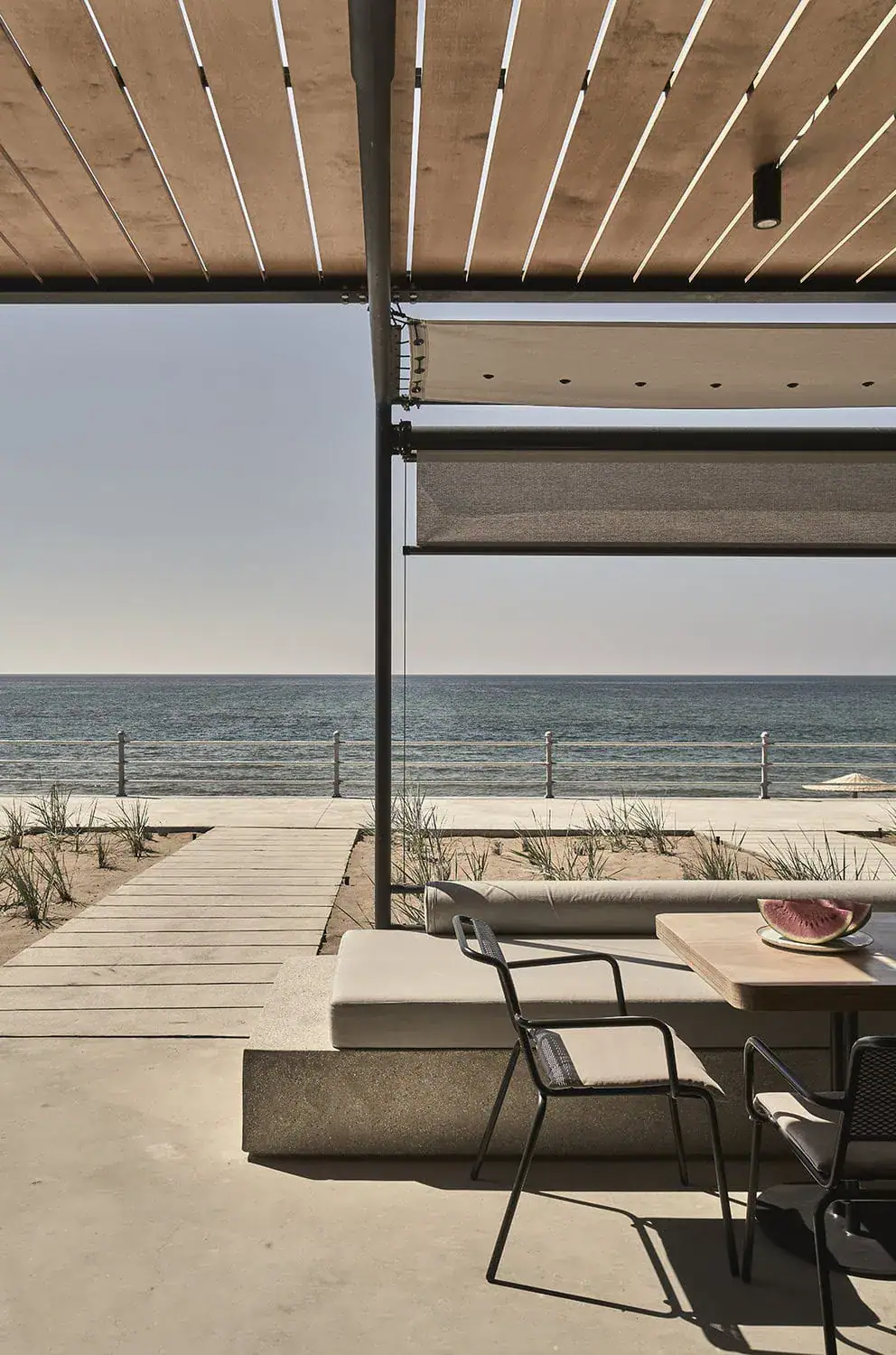The Guggenheim Effect, Text: Nina Prehofer
The architect Frank Gehry recently recalled that, after the completion of the Guggenheim Museum in Bilbao, he climbed a hill and looked down at it and briefly wondered “what the f*** have I done to these people?”
It is a matter for debate whether everyone in Bilbao appreciates the daily floods of tourists that have come to visit the Guggenheim Museum ever since. However, the museum designed by Gehry played a central role in transforming Bilbao from an inconspicuous town to a flourishing tourist destination.
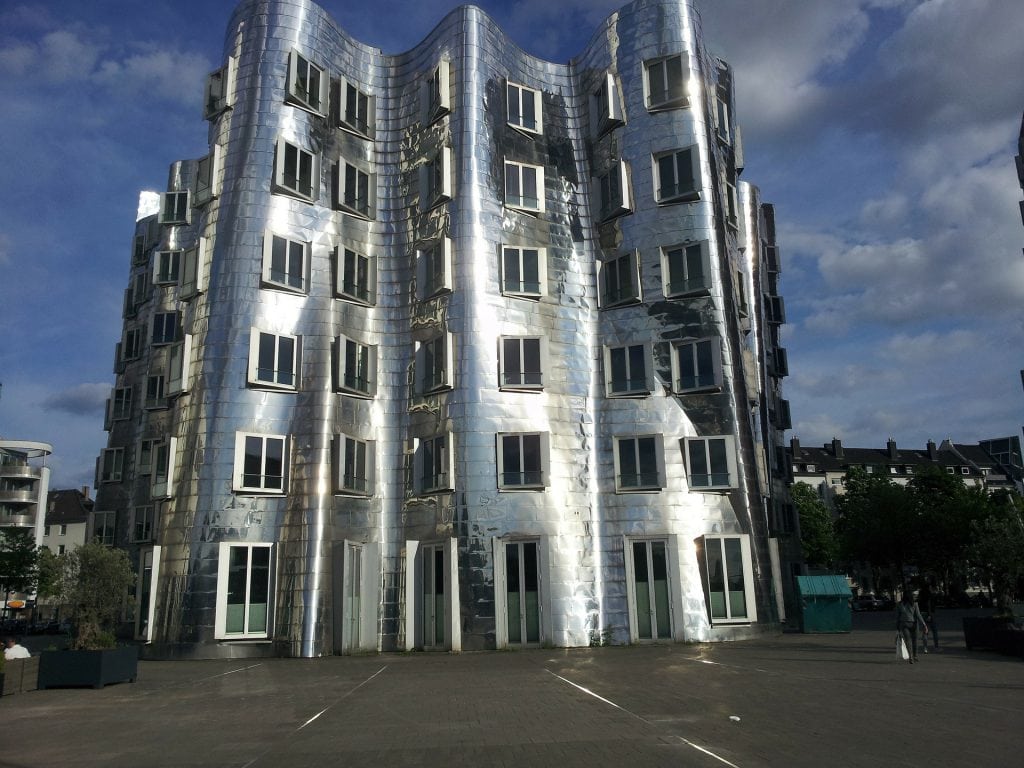
Neuer Zollhof im Düsseldorfer Medienhafen 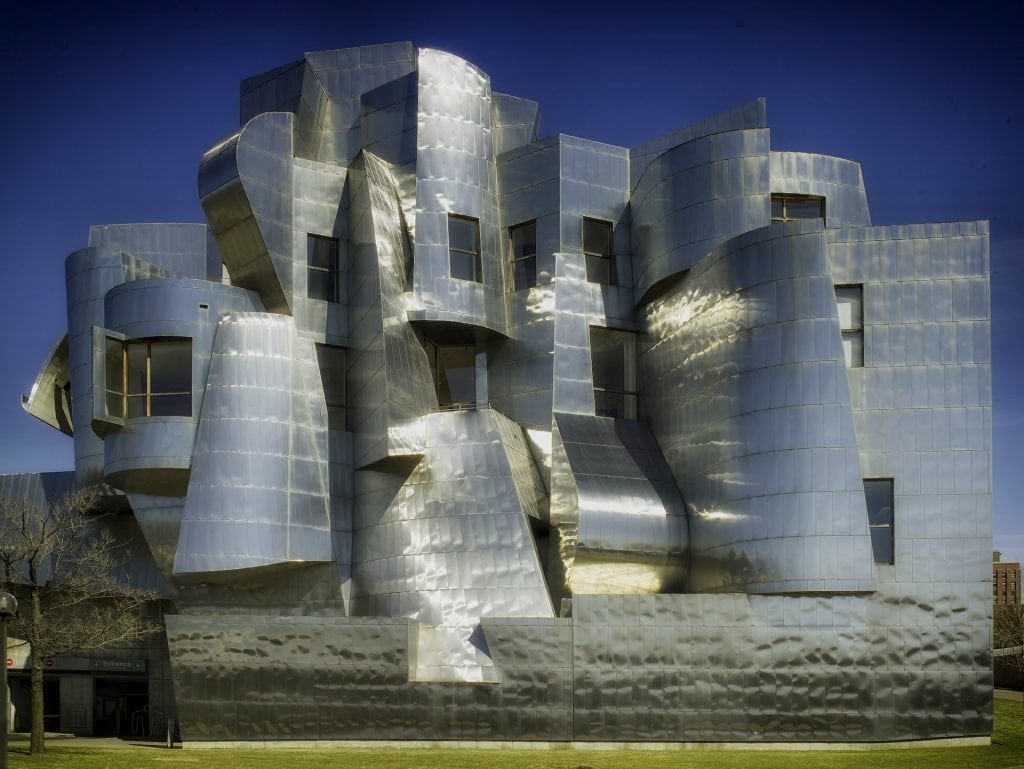
Weisman Art Museum of University of Minnesota in Minneapolis 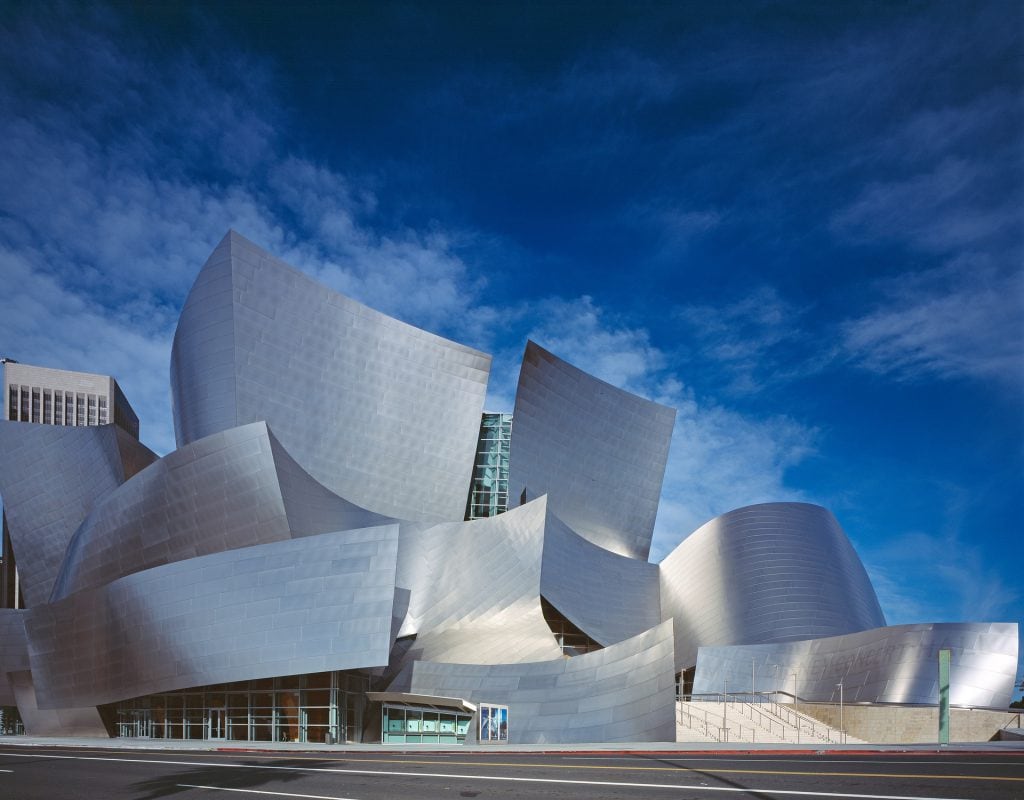
Walt Disney Concert Hall in Los Angeles 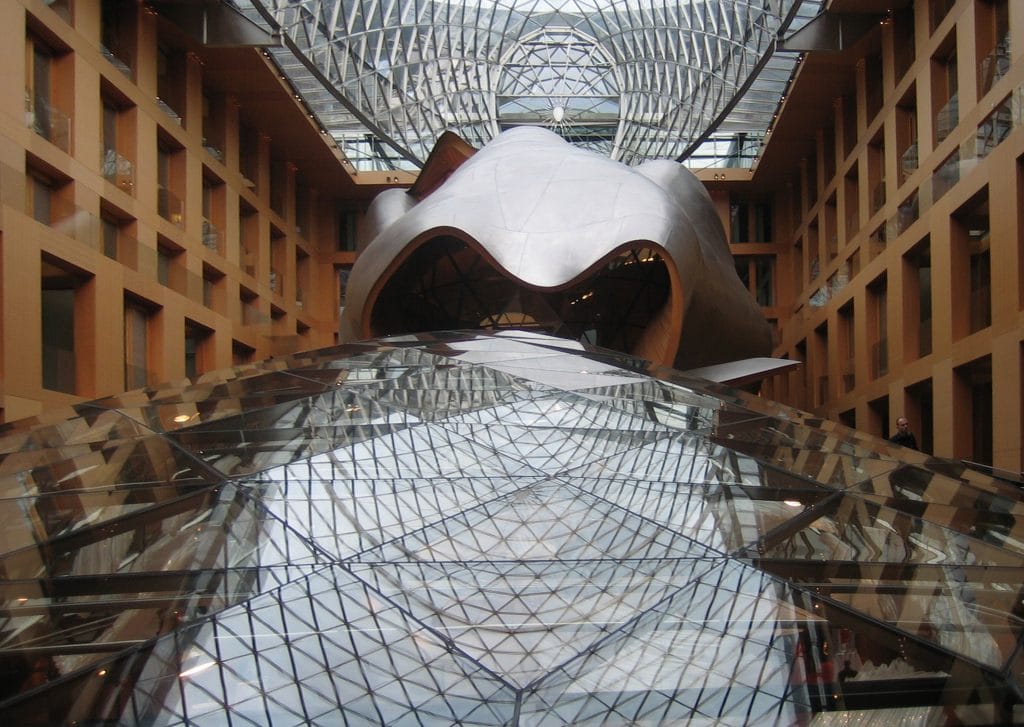
Gebäude der DZ Bank in Berlin
Iconic buildings
From that moment on, other cities looked with envy at the titanium and steel design and asked whether it might be worth paying a star architect millions to develop a building that would give them such an economic boost too. Many cities now boast buildings by architectural luminaries such as Renzo Piano, Zaha Hadid and Rem Koolhaas, whose iconic buildings shape the cityscape. However, some restraint is needed, or a city ends up looking like Dubai, Doha or Singapore – it’s just like cosmetic surgery and the Kardashians.
Yet the Guggenheim Museum is an exception, for the buildings in Bilbao and New York are not just impressive on the outside, but also for what they house. Bilbao needed the Guggenheim brand; New York and Venice would have attracted enough visitors even without the Guggenheim effect.
[ngg src=”galleries” ids=”18″ display=”basic_slideshow”]
Peggy Guggenheim
For the Guggenheim in Venice, Miss Peggy Guggenheim herself counted for even more: when she was still alive, people came just to see the eccentric and enigmatic American in person. She often sat in one of her galleries in the midst of museum visitors and acted as if she were also a tourist.

When asked “Are you Miss Guggenheim?”, she always answered “No, I am not.”
The Guggenheim effect
The Guggenheim effect illustrates the impact architecture and art can have on a destination. Think of Art Basel or Design Miami. Places with famous art festivals or popular cultural events bring in visitors. You could term all this “design” in the broadest sense of the word, and say that our standards in or demand for design has risen significantly. Accommodation, transport, and travel gadgets – everything needs a specific style. We want the trendiest noise-cancelling headphones, the trtl travel pillow, suitcases that look great and have an iPhone charger, and the most lightweight trainers for a comfortable journey.
Airports of architectural interest do exist
At the same time, in our list of travel experiences, airports top the table of places of torture and desperation. Airports of architectural interest do exist – take Copenhagen, Marrakesh or Beijing, for example – but the treatment of passengers since shoe bombers and water bottle terrorists has had little to do with a trendy lifestyle.
In her book “The Possessed”, Elif Batuman writes that
[a]ir travel is like death: everything is taken from you.
She may be right, but all the more reason to see what awaits us at our destination as paradise.


